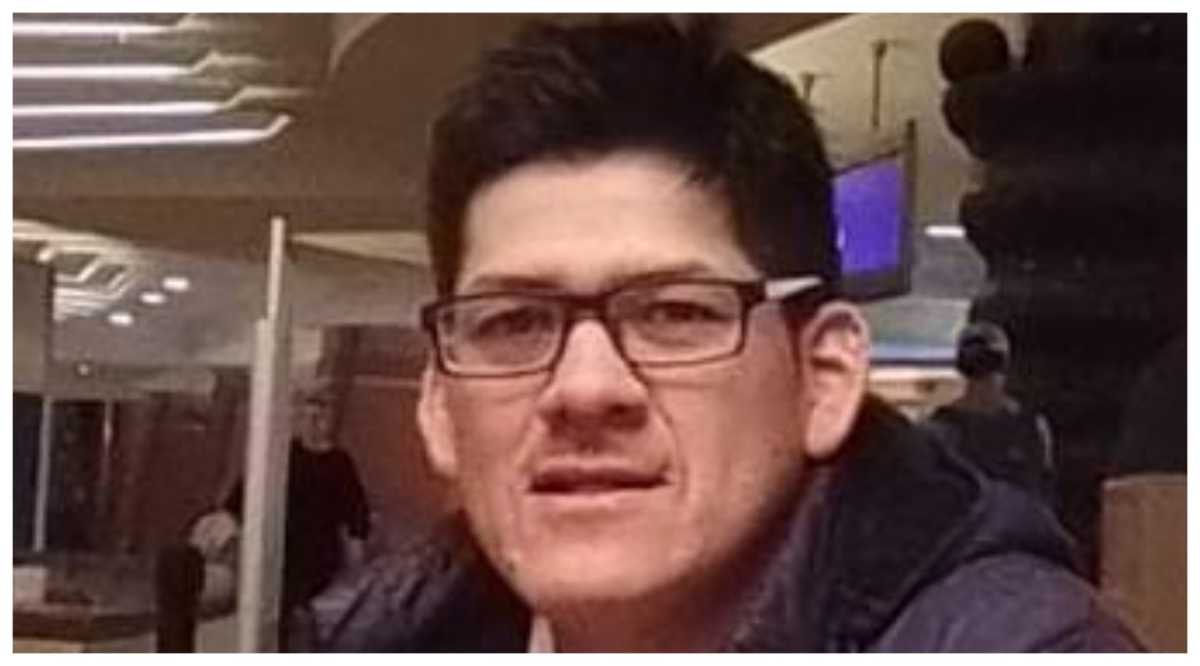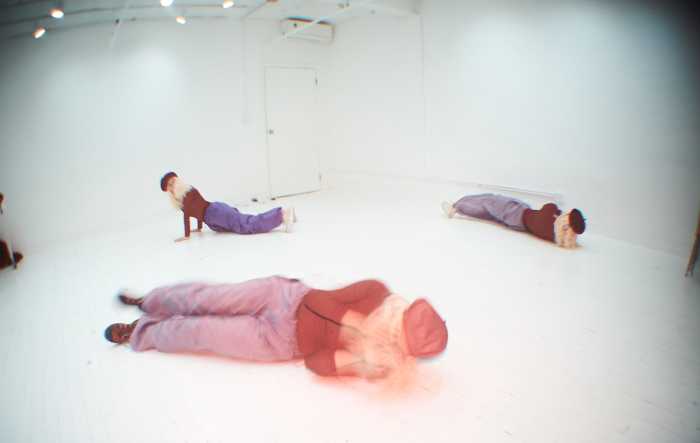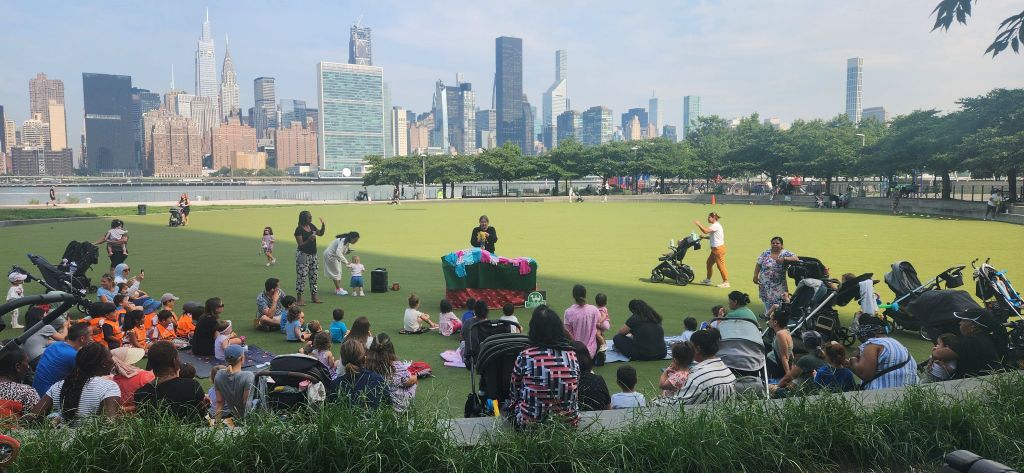By Harvey Goodman
The year is 1827. An English physician with a passion for botany builds a fern garden in his backyard. Alas, the ferns, although receiving the best of tender loving care, keep on dying. Their early demise is hardly a surprise for the London resident — the polluted air of industrial London in the 1800s essentially destroys all but the hardiest species of fauna and flora.
Dr. Nathaniel Ward, our frustrated garden hobbyist, was also fond of moths and butterflies. He often kept a supply of cocoons in covered jars. One day, while observing their growth and development, he noticed that several plants, including a variety of ferns, were growing on the bottom of the jar in a little bit of soil. The plants, including the ferns, were healthy — unlike what had been the case in his garden. Dr. Ward correctly assumed that the polluted air in London was killing the ferns. He than began to develop a series of small greenhouses, which he named fern cases, to grow his favorite plant.
The fern cases became so popular that Dr. Ward essentially stopped being a physician and initiated the manufacture of what was now being called Wardian Cases, or more simply, the terrarium.
Terrariums are wonderful, magical environments that are decorative, attractive and easy to care for. Because terrariums recycle moisture, they can go often a month or two before a bit of water is required. Terrariums thrive on planned neglect — they need very little attention.
These easy set of instructions should be followed in building a terrarium:
Any clear container can be made into a terrarium, as long as it is watertight. Choose something that is large enough to accommodate the plants, and has a cover, lid or door to keep the moisture from escaping — anything from a jar or bottle to an aquarium.
There are many plants that do well in terrariums. Some examples are: Pilea (Aluminum plant), Fittonia (Nerve Plant), Ardisia, Podocarpus (Buddhist Pine), Mosses, Wandering Jew (aggressive grower), and very small ferns. Your local nursery will have a large variety of houseplants that are suitable for terrarium builders.
Once the container is selected, place about an inch layer of gravel on the bottom. Sprinkle some activated charcoal on top. Fill to proper height with a good, light — very light — potting soil. To determine if the soil is suitable, place the soil in your hands and grip tightly. If the soil clumps when squeezed, add some sand, perlite or vermiculite to lighten it up. All of these products can be found in garden shops or nurseries.
Install the plants. The number, of course, will depend on the size of the container and the size of the plants. Don’t over plant — your plants will grow very fast in this ideal environment. Simply push the soil aside, place the plant in the depression and firm the soil around it.
Water lightly and carefully until the soil is moist — not wet. Water only after it gets dry; never over-water. In this environment mold and bacteria will overtake and destroy the plant if there is too much water. Place in a bright area, not in direct sunlight. When the plant reaches the growth desired, pinch off the newest growth and watch the plant spread out.
Finally, do not fertilize the plants in the terrarium. Once the plants have used most of the nutrients in the soil, their growth will begin to slow down. Within the confines if this controlled environment, the slowdown will help keep them under control. From time to time, scrape the top later of soil, and add some new potting soil. You will not only improve the appearance of the plant but will be adding a small amount of nutrients to the soil.
Questions or comments on gardening and plant care can be addressed to: The Plant Doctor c/o Queens Publishing Company, 41-09 Bell Blvd., Bayside N.Y. 11361, or by e-mail at HYPERLINK “mailto:Harvey.Goodman@att.net” or Harvey.Goodman@att.net


































